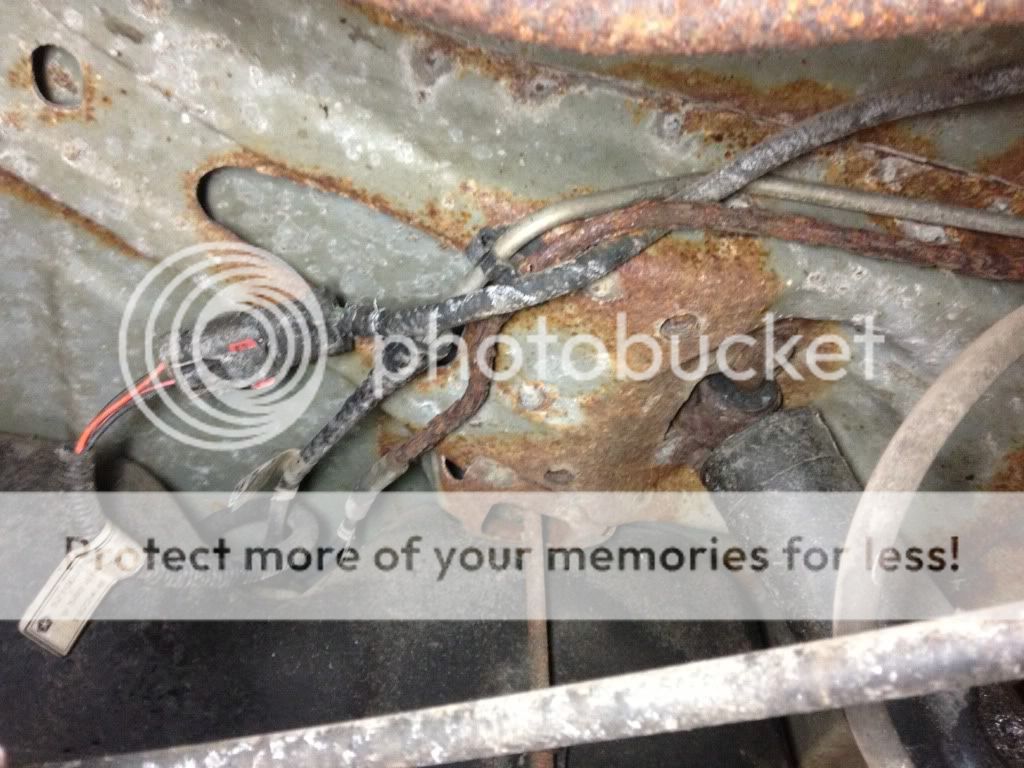Is there a way to test this? On my '01 XJ I've been getting 2 CEL codes recently. P0442 & P0455... Small and Large Evap leak detected.
I've checked all the evap lines visually and noticed no leaks. I did notice some dry-rot on the rubber connections, but nothing cracked or obvious. I will replace those connections as preventative soon. One thing I did notice is that my Evap Purge Solenoid is not making any noise like it's always done. No clicking or ticking... and when I unplugged/replugged there was no change. Should there be some voltage I can check at the plug?
Just wondering if there's a way to check it? I'm assuming it's quit working... but just want to make sure it's not a fuse or something that could've blown before throwing parts at this.
Thanks
I've checked all the evap lines visually and noticed no leaks. I did notice some dry-rot on the rubber connections, but nothing cracked or obvious. I will replace those connections as preventative soon. One thing I did notice is that my Evap Purge Solenoid is not making any noise like it's always done. No clicking or ticking... and when I unplugged/replugged there was no change. Should there be some voltage I can check at the plug?
Just wondering if there's a way to check it? I'm assuming it's quit working... but just want to make sure it's not a fuse or something that could've blown before throwing parts at this.
Thanks

